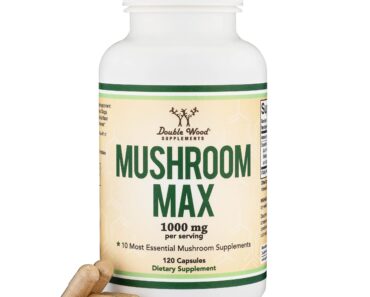Co-codamol, a combination of codeine and paracetamol, is a commonly prescribed medication for managing moderate to severe pain. While it can be highly effective, ensuring its optimal impact requires careful consideration of various factors. Here are some tips and recommendations to maximize the effectiveness of Co-codamol.
Follow Prescribed Dosage:
Adhering to the recommended dosage is crucial for the safe and effective use of valium muscle relaxer. Avoid self-adjusting the dose without consulting your healthcare provider, as improper use may lead to adverse effects or reduced effectiveness.
Understand the Components:
Co-codamol combines codeine, an opioid analgesic, and paracetamol (acetaminophen), a non-opioid pain reliever. Understanding how each component works can help you appreciate the medication’s mechanism of action and potential side effects.
Timing Matters:
Take co-codamol as directed, considering the prescribed intervals. Consistency in timing helps maintain a steady level of the medication in your system, ensuring continuous pain relief without peaks and valleys.
Food and Hydration:
Taking co-codamol with food can help minimize stomach upset. Additionally, staying well-hydrated is important, as adequate fluid intake supports the optimal functioning of the medication.

Avoid Alcohol:
Alcohol can enhance the sedative effects of codeine, leading to increased drowsiness and dizziness. To maximize the medication’s effectiveness, it’s crucial to avoid alcohol consumption while taking co-codamol.
Monitor Side Effects:
Pay attention to any side effects or adverse reactions and report them to your healthcare provider. This proactive approach helps in adjusting the treatment plan if needed and ensures a safer and more effective pain management strategy.
Gradual Reduction:
If co-codamol is prescribed for an extended period, consult your healthcare provider before discontinuing the medication. Abrupt cessation can lead to withdrawal symptoms. A gradual reduction under medical supervision is recommended.
Discuss Other Medications:
Inform your healthcare provider about all medications, including over-the-counter drugs and herbal supplements. Some medications may interact with co-codamol, affecting its effectiveness or increasing the risk of side effects.
Short-Term Use Preference:
Co-codamol is generally prescribed for short-term pain management. Long-term use may lead to tolerance, dependence, and other complications. Discuss with your healthcare provider if prolonged use is anticipated.
Regular Check-ups:
Regular check-ups with your healthcare provider are essential to monitor your overall health and assess the ongoing need for co-codamol. Adjustments to the treatment plan can be made based on your progress and changing pain levels.
Maximizingthe effectiveness of co-codamol involves a combination of responsible medication use, open communication with healthcare providers, and a commitment to monitoring and managing potential side effects. By following these tips and recommendations, individuals can optimize the benefits of co-codamol while minimizing the risks associated with its use.







